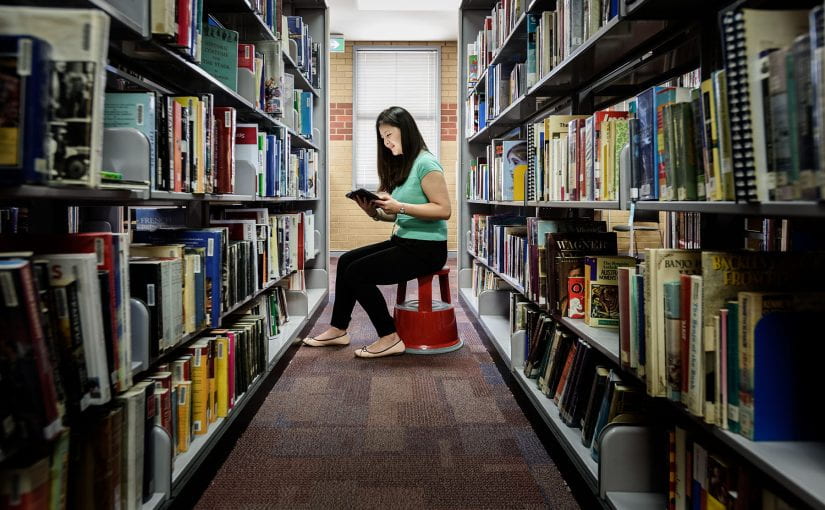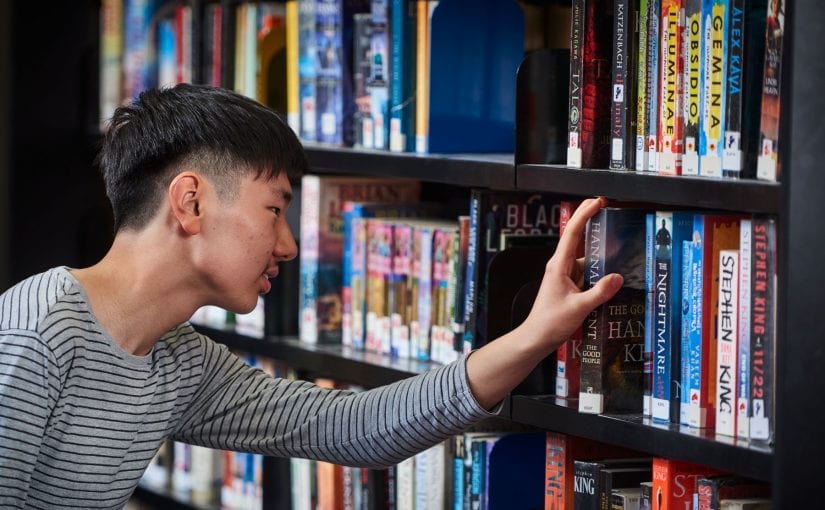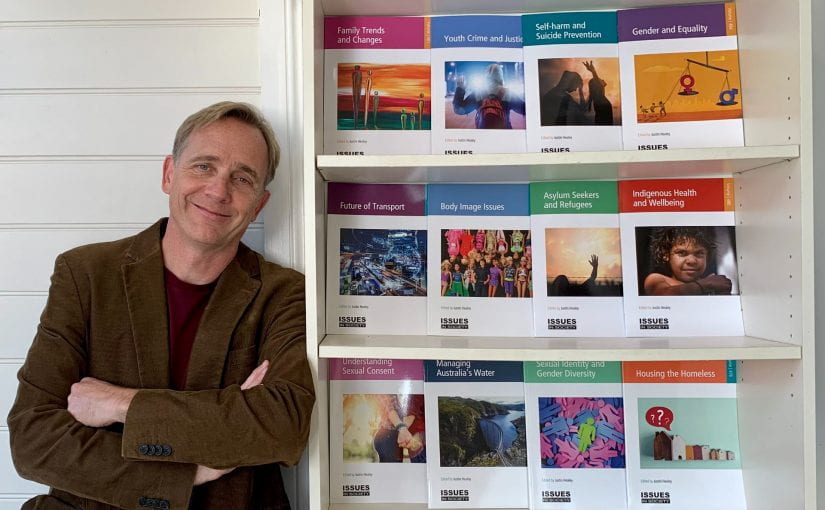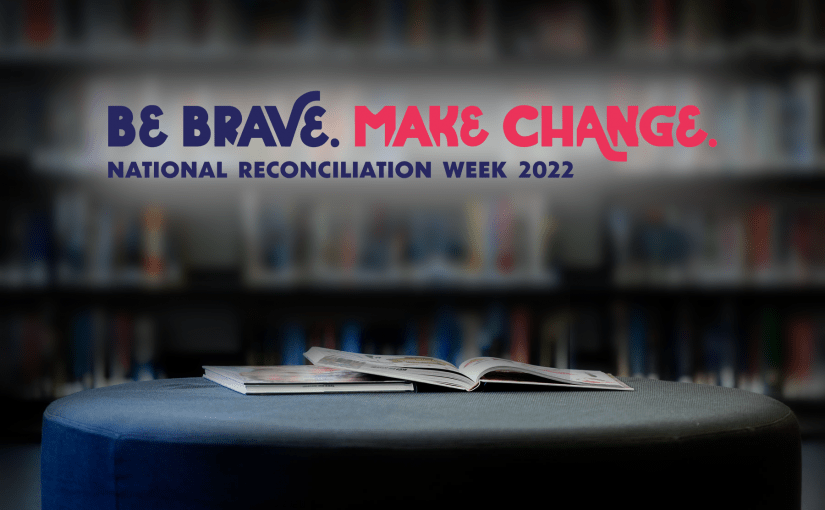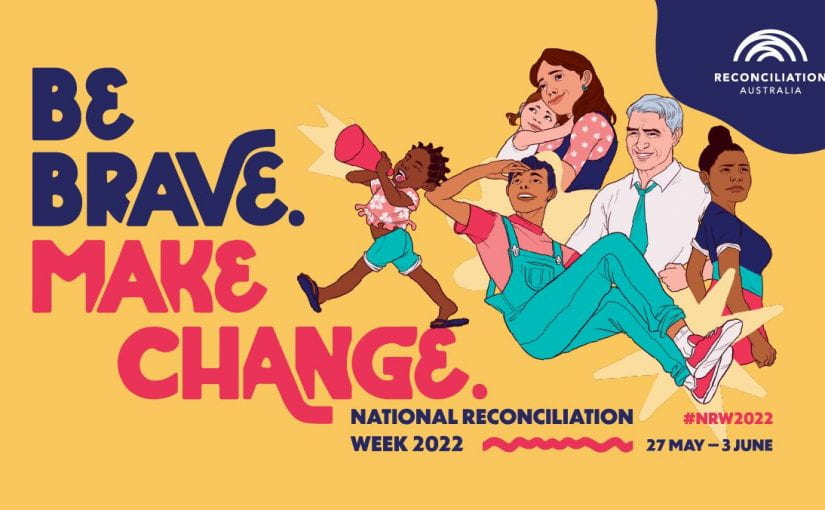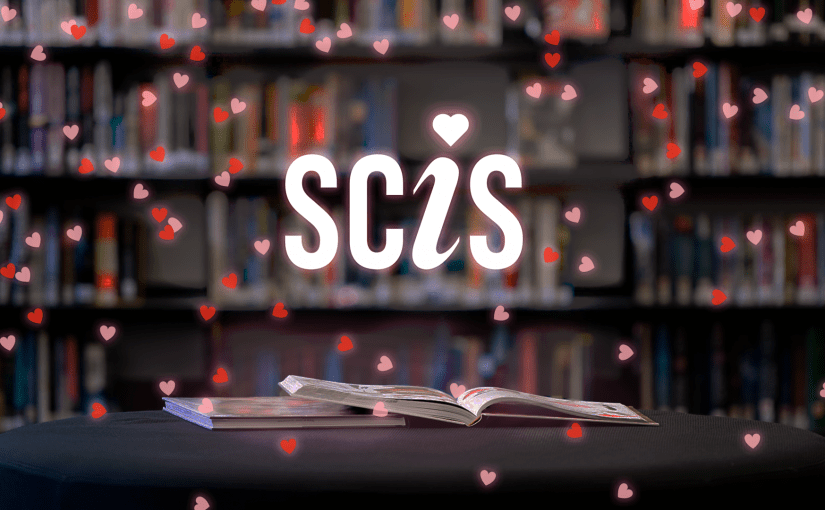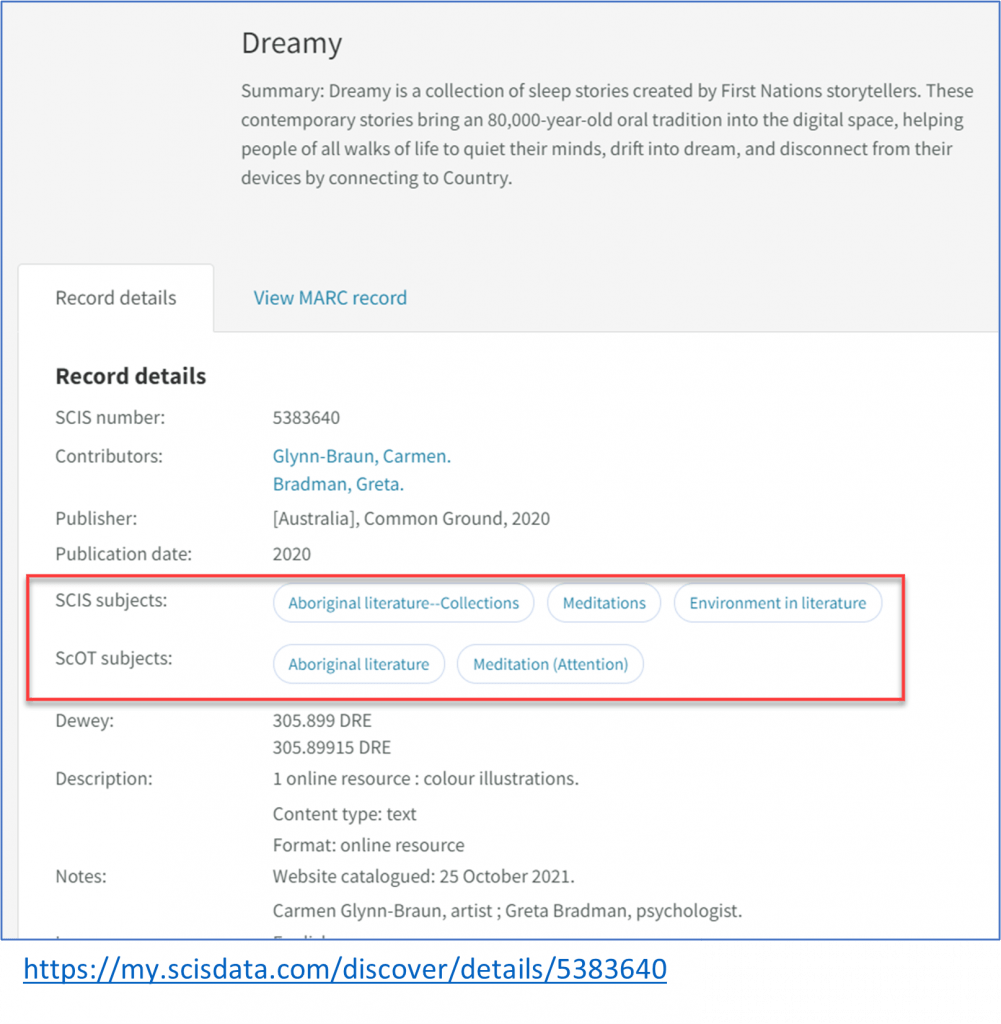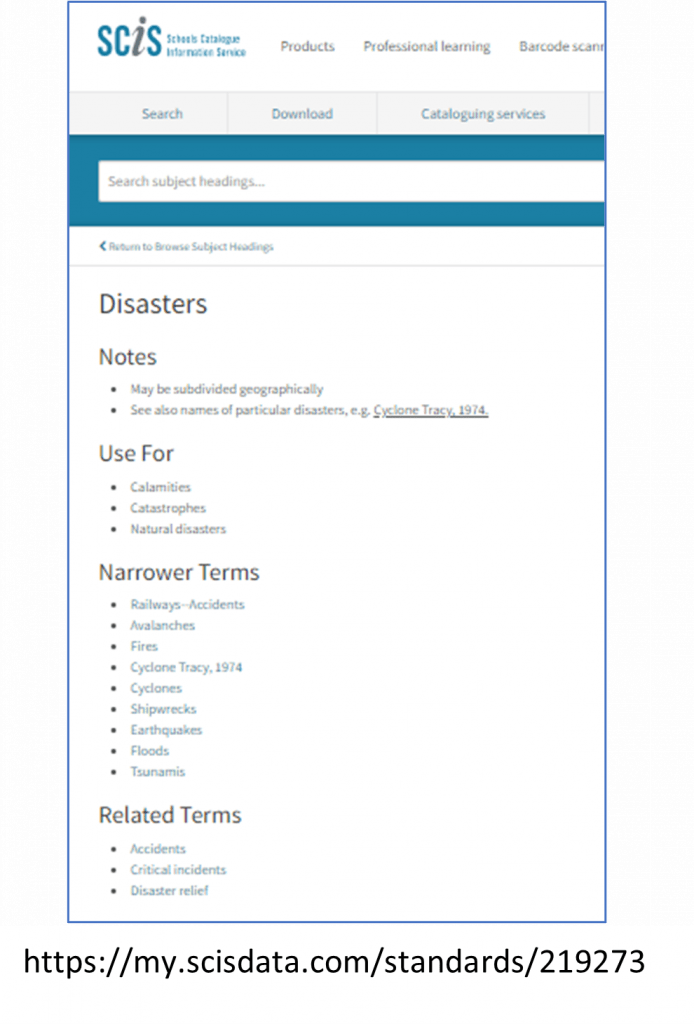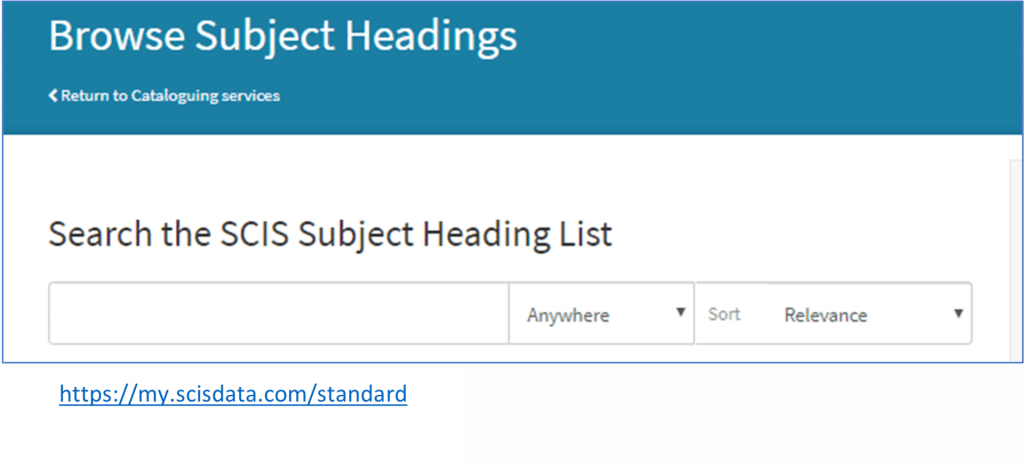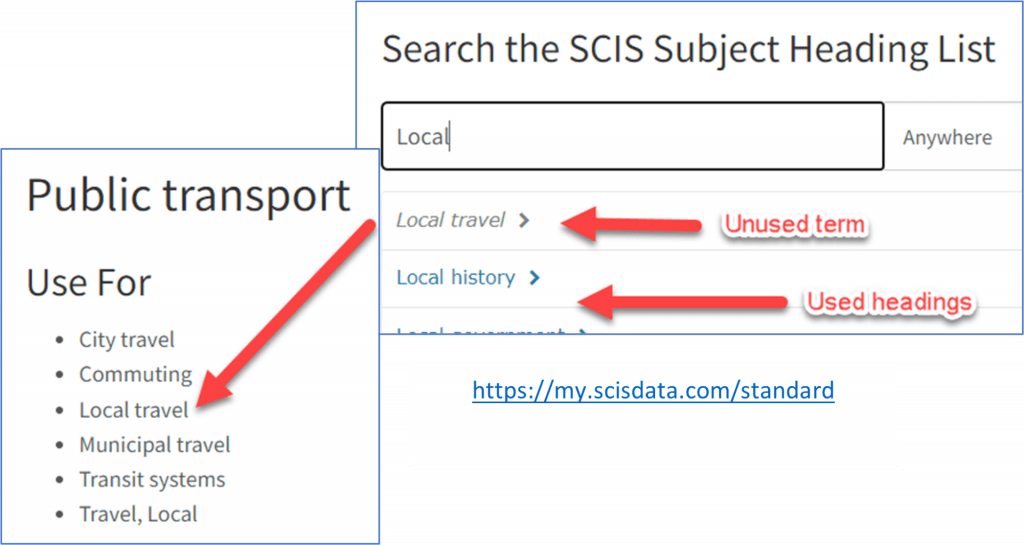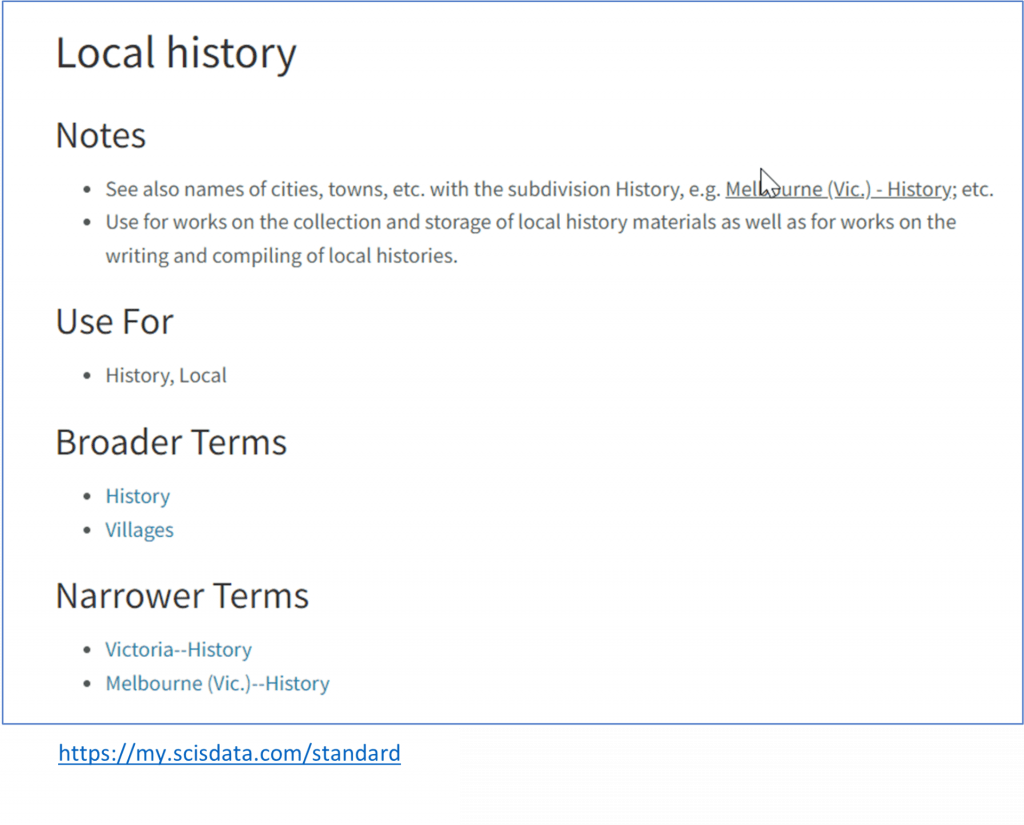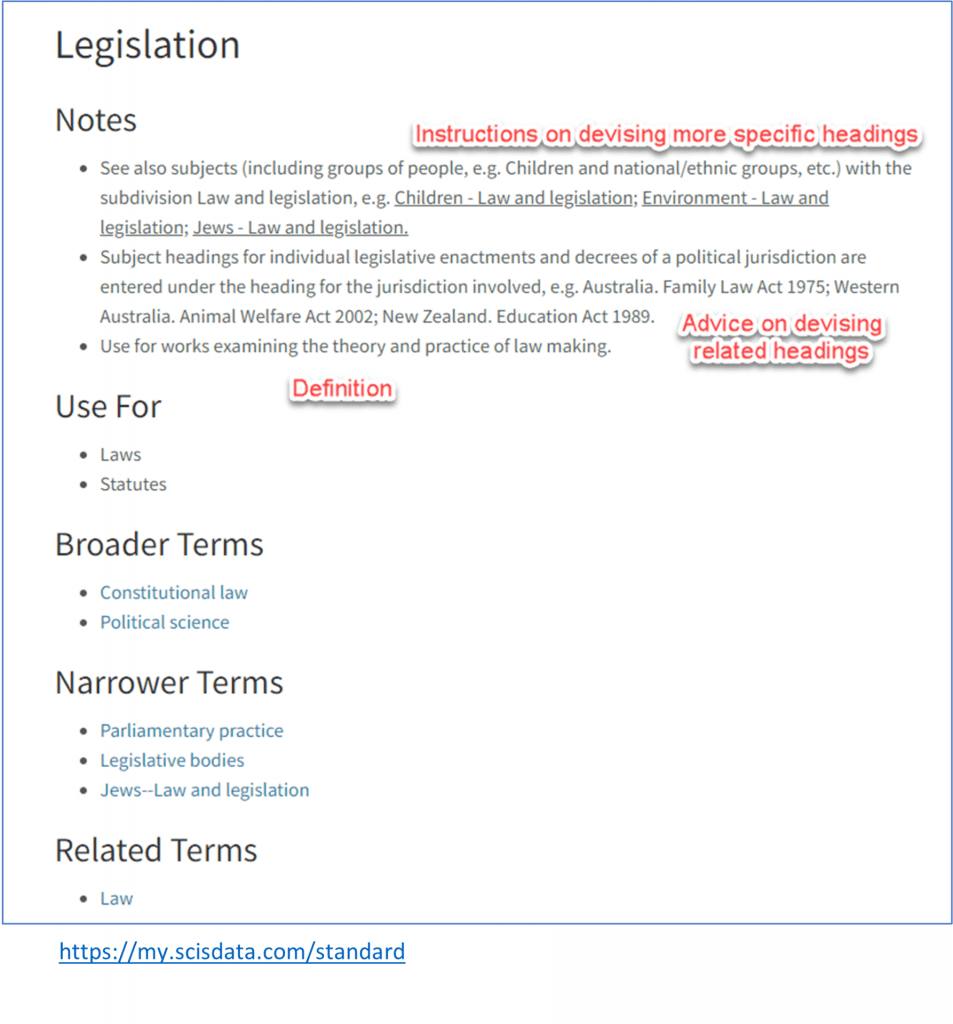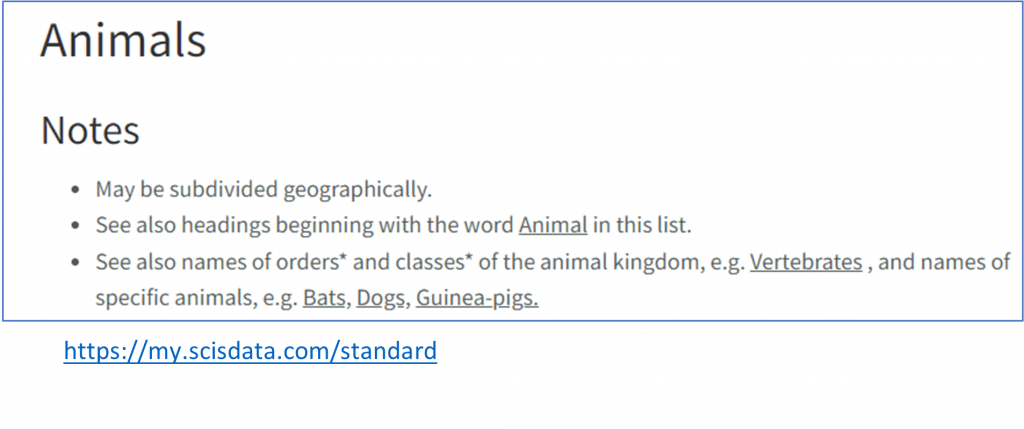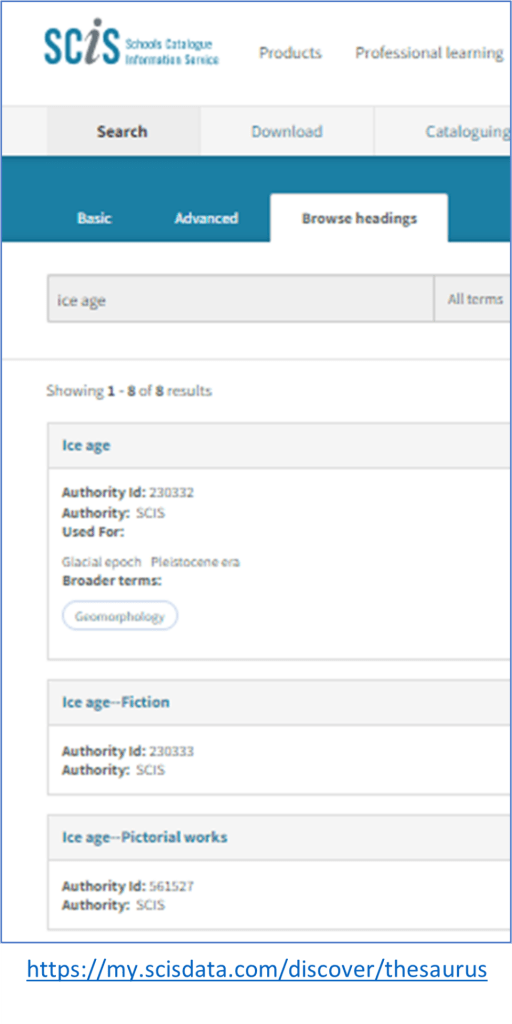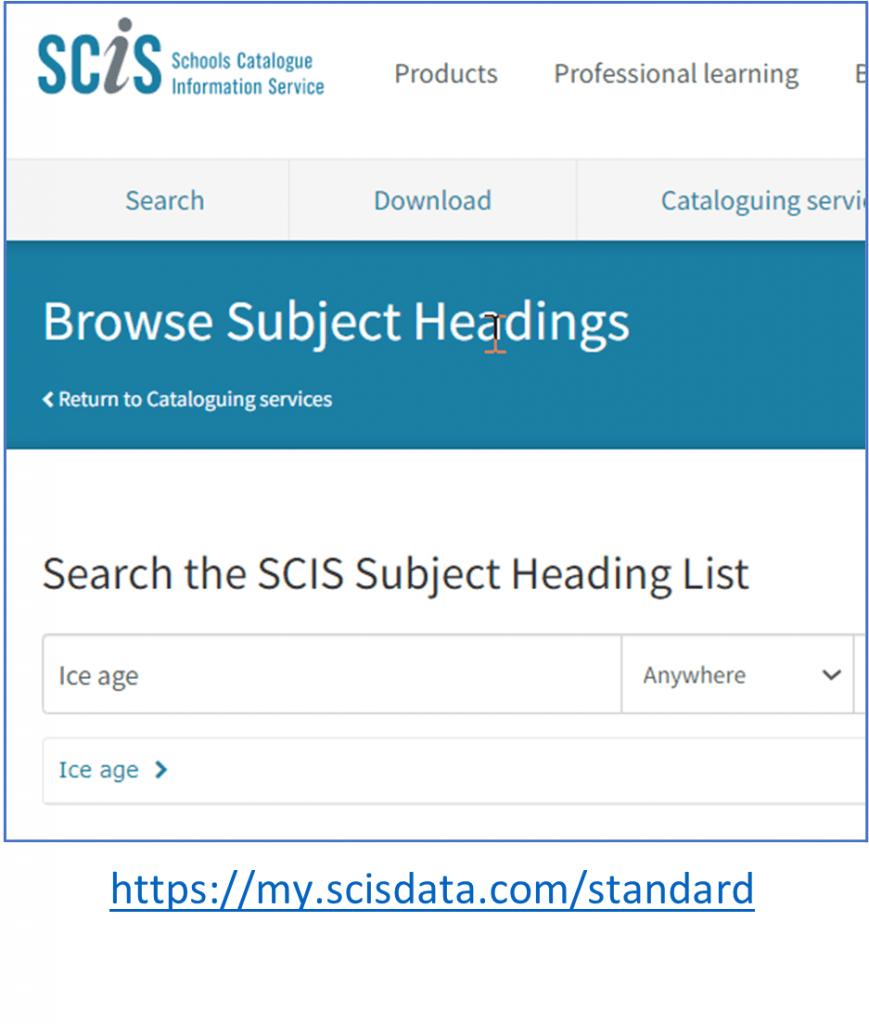Indigenous resources to add to your school library collection
To celebrate National Reconciliation Week 2022, the SCIS team has created a list of wonderful new Indigenous resources catalogued over the last year. Whether your students are into science, history, sport, art, dance or just love reading great stories, there’s something for everyone here. If you have a SCIS subscription, use the SCIS number provided below to find and download the catalogue records into your library catalogue.
Primary school resources
Title: Story doctors
Author: Boori Monty Pryor
Illustrator: Rita Sinclair
SCIS number: 5378457
Summary: From the very first stories and art, to dance, language and connection with the land here, Boori offers a rich account of Australia’s true history. This is an illustrated celebration of the power of storytelling, how nature connects us, and the truth that the medicine needed for healing lies within us all.
Title: Hello and welcome
Author: Gregg Dreise
SCIS number: 5354188
Summary: This picture book celebrates Australia’s Indigenous heritage and the diversity we enjoy today. Hello and welcome to our corroboree. Hello and welcome to our gathering. Father Sky, Mother Earth, together here with me. Different colours, different people, together in harmony.
Title: Indigenous Australia for kids
Author: Larissa Behrendt
SCIS number: 5376598
Summary: The Indigenous peoples who live in what we now call Australia have extraordinary histories. Here you can learn about their cultures and how they’ve shaped modern Australian society with this fun and fascinating guide to the economies, art, spirituality and politics of the First Nations peoples. You can learn about things like The Dreaming, what a corroboree is and how Australia’s past shapes the realities that First Nations people experience today. Discover the Indigenous Australian culture that surrounds you and how you can contribute to a world we all aspire to live in.
Title: Heroes, rebels and innovators: inspiring Aboriginal and Torres Strait Islander people from history
Authors: Karen Wyld and Jaelyn Biumaiwai
SCIS number: 5364825
Summary: These seven stories are about important Aboriginal and Torres Strait Islander people from history. Each colourful spread in this illustrated book tells a story.
Title: Somebody’s land: welcome to our country
Authors: Adam Goodes, Ellie Laing
Illustrator: David Hardy
SCIS number: 5375433
Summary: For thousands and thousands of years, Aboriginal people lived in the land we call Australia. The land was where they built their homes, played in the sun, and sat together to tell stories. When the white people came, they called the land Terra Nullius. They said it was nobody’s land. But it was somebody’s land.
Somebody’s land is an invitation to connect with First Nations culture, to acknowledge the hurt of the past and to join together as one community with a precious shared history as old as time.
Title: The story of Australia, First people – 1805
Author: William Finch
SCIS number: 1997864
Summary: Come with Australian Geographic on a story through time as we explore the early history of our nation, including the First Nations peoples and their culture, the arrival of the Europeans and the First Fleet, the development of the penal colony, the spread of European settlement and their documented clashes with Indigenous peoples.
Title: The first scientists: deadly inventions and innovations from Australia’s First Peoples
Author: Corey Tutt
Illustrator: Blak Douglas
SCIS number: 5382399
Summary: Have you ever wondered what the stars can tell us? Did you know the seasons can be predicted by looking at subtle changes in nature? Maybe you have wondered about the origins of glue or if forensic science is possible without a crime scene investigation.
Australia’s First Peoples have the longest continuing culture on Earth and their innovation will amaze you as you leaf through the pages of this book, learning fascinating facts and discovering the answers to life’s questions. In consultation with communities, Corey tells us of many deadly feats, from bush medicine to bush trackers, that are today considered ‘science’, and introduces us to amazing scientists, both past and present. The breadth of ‘sciences’ is incredible with six main chapters covering astronomy, engineering, forensic science, chemistry, land management and ecology.
The first scientists passed on the lessons of the land, sea and sky to the future scientists of today through stories, song and dance, and many of these lessons are now shared in this book.
Title: Macquarie junior atlas of Indigenous Australia
Authors: Bill Arthur and Victoria Morgan
SCIS number: 5394348
Summary: The Junior atlas of Indigenous Australia is a unique tool for students in upper primary and early secondary years to explore and gain understanding of the lives and cultures of Australia’s First Peoples. An atlas can represent – in graphic form – a pattern of human activities in space and time. This second edition of the Macquarie atlas of Indigenous Australia opens a window onto the landscape of Australian Aboriginal and Torres Strait Islander lives, from over 60,000 years ago to the present time.
Title: Open your heart to country
Author: Jasmine Seymour
SCIS number: 5405428
Summary: A moving account of reconnection to Country from a First Nations perspective. Sharing the nourishing power of returning home and being immersed in the language of Country, this picture book invites readers to reflect on the importance of place, not only for First Nations peoples, but for everyone.
Title: Island places! The Torres Strait
Author: Sharlene Coombs
Illustrator: Dean Maynard
SCIS number: 5388341
Summary: Come on a journey of discovery and explore what makes the Torres Strait and its First Nations people so special – from their seafaring way of life and skilful fishing abilities to their traditional music and dance customs. Australia has some special places full of history and culture, and the Torres Strait is one of them!
Title: Uncle Finny’s war: the forgotten soldier
Author: Nigel Allsopp
Illustrator: June Hintz
SCIS number: 5364325
Summary: Finny grew up on a station in central Australia. He worked as a stockman and could ride a horse better than any man. When the First World War began, Finny tried to join the army, but Aboriginal people were not allowed. As the war continued, the government restrictions were eased so Aboriginal people and other men of colour were allowed to enlist. Finny was one of the first to sign up to the Light Horse Regiment.
Title: Born to run
Author: Cathy Freeman
Illustrator: Charmaine Ledden-Lewis
SCIS number: 5375604
Summary: As a little girl, Cathy Freeman had only had one dream – to win a gold medal at the Olympics. At 27 years of age, that dream came true. At the Sydney 2000 Games, she crossed the finish line, won a gold medal for Australia and became a national hero.
How did she go from being a little girl who loved to run to an inspiration to people around the world? Cathy tells her story about where self-belief, hard work and the power of a loving family can take you.
Secondary school resources
Title: Australia Day
Author: Stan Grant
SCIS number: 1997956
Summary: In Australia Day, Stan Grant’s long-awaited follow-up to Talking to My Country, Stan talks about our country, who we are as a nation, the Indigenous struggle for belonging and identity in Australia and what it means to be Australian. A sad, wise, beautiful, reflective and troubled book, Australia Day asks the questions that have to be asked, but that no-one seems to be asking. Who are we? What is our country? How do we move forward from here?
Title: The boy from Mish
Author: Gary Lonesborough
SCIS number: 1998064
Summary: A sensitive coming-of age-story, filled with vivid descriptions of landscapes and clashes between First Nations’ cultures and modern Australia. This is a vital story for young people and provides a perspective that has been missing in Australian literature for too long.
Title: Tell me why: for young adults
Author: Archie Roach
SCIS number: 1995958
Summary: Archie Roach tells the story of his life and his music. Aged only two when he was forcibly removed from his family, and brought up by a series of foster parents until his early teens, Archie’s world imploded when he received a letter that spoke of a life he had no memory of. It took him almost a lifetime to find out who he really was.
Title: My spare heart
Author: Jared Thomas
SCIS number: 5405270
Summary: Phoebe’s non-Indigenous mother, a busy event manager, and her father, an Aboriginal man and uni lecturer, have split up and she’s moved to sleepy old Willunga with her dad and his new health-obsessed girlfriend. It’s only a few kilometres from Phoebe’s old friends and the city, but it feels like another world. Her new school is full of hippies, but some of the kids are cool and the local basketball team is tight, and before long Phoebe’s fitting in. But as her mum becomes increasingly unreliable, Phoebe’s grades begin to suffer, her place on the basketball team is under threat and her worries spiral out of control. Phoebe can’t tell her friends and is worried her dad will get angry, but pretending everything is fine is breaking her heart. How can she help her mum without tearing her family apart?
Title: Exo-dimensions
Author/illustrator: Seraphina Newberry
Colourist: Justin Randall
SCIS number: 5376038
Summary: Mutants, cyborgs, failed clones and emotional wounds. This book is a ride into central Australian Indigenous creation stories woven through family relationships, honour and sheer adventure. This story unsettles linear time as the past catches up with the future and vice versa while the present reveals itself in intimate moments of connection, loss and mayhem.
Title: Fire country: how Indigenous fire management could help save Australia
Author: Victor Steffensen
SCIS number: 1957588
Summary: Fire Country is an account from Indigenous land-management expert Victor Steffensen on how the revival of Indigenous fire practices, including improved ‘reading’ of country and undertaking ‘cool burns’, could help to restore our nation.
Title: Swallow the air
Author: Tara June Winch
SCIS number: 1998719
Summary: A loss in the family leads to a journey of self-discovery that centres around finding oneself through connection with other people. Swallow the air is a startling debut from Tara June Winch that creates a strong emotional connection to the landscapes of Australia and the cultures of the people who inhabit them.
Title: After Australia
Author: Michael Mohammed Ahmad
SCIS number: 1975568
Summary: Climate catastrophe, police brutality, white genocide, totalitarian rule and the erasure of black history provide the backdrop for stories of love, courage and hope. In this unflinching new anthology, twelve of Australia’s most daring Indigenous writers and writers of colour provide a glimpse of Australia as we head toward the year 2050.
Title: The white girl
Author: Tony Birch
SCIS number: 1988353
Summary: Odette Brown has lived her whole life on the fringes of a small country town. After her daughter disappeared and left her with her granddaughter Sissy to raise on her own, Odette has managed to stay under the radar of the welfare authorities who are removing fair-skinned Aboriginal children from their families. When a new policeman arrives in town, determined to enforce the law, Odette must risk everything to save Sissy and protect everything she loves.
Title: The end of the game
Author: Michael Fiddian
SCIS number: 5394659
Summary: This novel tackles one of the big issues for Australian sport and society by highlighting how a young Aboriginal footy (Aussie Rules) player is revered for his skills on-the-field, versus how he is often treated as one of the young male Aboriginal men in his town.

